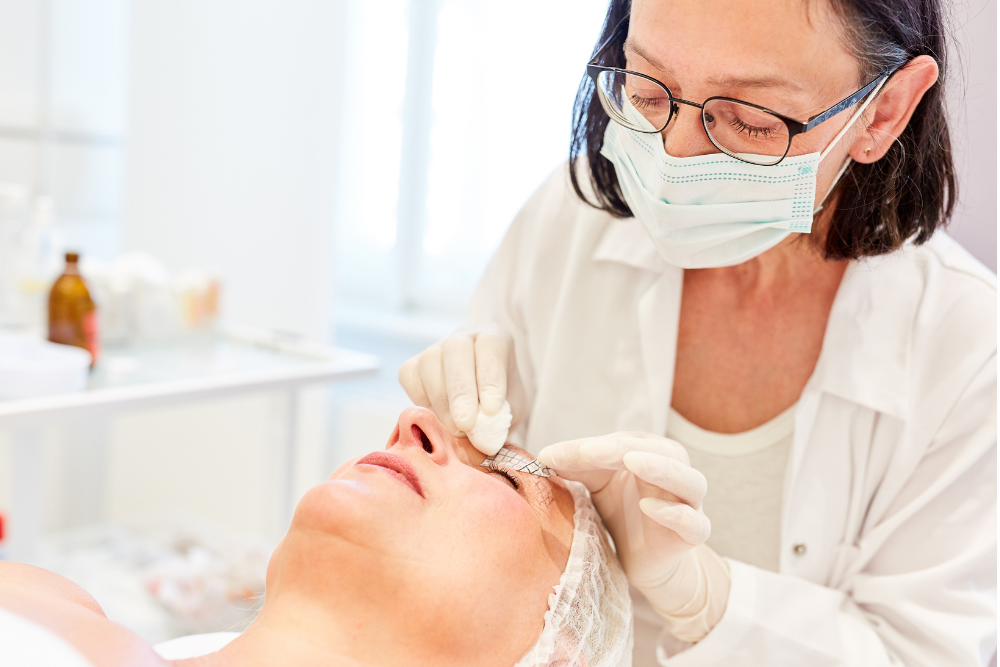When you think of hair transplant, the first image that might pop into your head is unsightly plugs. That was the old way, and technology has dramatically changed!
Now, the best hair transplant in Georgetown makes natural results possible. Here is how!
There Are Two Transplant Options You Need to Know About
A reputable surgeon can help you decide which of these methods is best for you:
- Follicular unit transplantation (FUT): Also known as the strip method, this technique involves removing a strip of scalp from the back of the head where hair growth is dense. This strip is then dissected into individual follicular units under a microscope.
These follicular units, which contain one to four hairs each, are then transplanted into the balding or thinning areas of the scalp.
- Follicular unit extraction (FUE): FUE is a minimally invasive procedure where individual hair follicles are extracted directly from the donor area (usually the back or sides of the scalp) using a small punch tool or a robotic device.
These follicles are then implanted into the recipient area where hair is thinning or balding. Tiny scars that are less noticeable than the linear scar left by FUT. This technique yields more natural looking results making it a preferred option for some patients.
What Do I Need to Know About Recovery and Results?
Recovery occurs in stages. During this time, it is important to follow the aftercare guidelines given to you by your surgeon to fully experience the effects of the best hair transplant in Georgetown.
In the days following the procedure, you may notice discomfort, swelling, and redness in both the donor and recipient areas of your scalp. You may require pain medication as prescribed by your doctor. It’s important during this time to prioritize rest and avoid engaging in strenuous activities, in order to support the healing process.
Swelling and redness may reach their peak around the third or fourth day before gradually diminishing. It’s crucial to handle your transplanted grafts with care to prevent any disturbance. Your surgeon may suggest gentle washing of your hair using a mild shampoo to maintain cleanliness and promote healing.
In the first month, transplanted hair can shed. This is a normal part of the healing process. You may continue to experience tenderness in the scalp, and scabbing in both donor and recipient areas may be noticeable. New hair growth usually begins around the third or fourth month after the surgery.
Over the course of the initial three months, the transplanted hair follicles enter a resting phase before gradually commencing new growth. Some patients may encounter temporary shock loss where existing hair temporarily falls out due to the surgical trauma.
Between three to six months of recovery, you should begin to observe noticeable hair growth in the transplanted areas. Initially, the hair may appear thin and wispy, but it will gradually thicken over time.
Continuing into the six-month to one-year mark, hair growth progresses, and the transplanted hair becomes denser and more natural-looking. By the one-year milestone, you should experience significant improvement in both hair density and appearance.
Final results typically manifest within 12 to 18 months. The transplanted hair continues to mature and seamlessly blends with the existing hair. Expect the transplanted hair to grow and behave like natural hair that can be cut, colored, and styled anyway you want!
How Do I Find the Best Surgeon for the Best Hair Transplant in Georgetown?
You can find a surgeon who meets your needs and helps you achieve your desired hair restoration goals by following these seven steps:
- Do your research. Begin by researching surgeons using online resources such as search engines, medical directories, and social media pages. You can ask family and friends for recommendations and your primary care provider or other healthcare professionals for a referral.
- Verify credentials. Look for surgeons who are board-certified in hair restoration. Review their credentials including their education, training, certifications, and years of experience specializing in surgical hair restoration.
- Look at before / after photos. Looking at pictures of actual patients treated by the surgeon gives you an idea of the surgeon’s skill level and the quality of their work. Pay attention to the consistency and naturalness of the results.
- Read reviews and testimonials. This feedback allows you to learn about their experiences with the surgeon and the outcomes of their procedures. Look for feedback on the surgeon’s professionalism, bedside manner, and overall patient satisfaction.
- Book consultations. Schedule a hair loss consultation with each of the top transplant surgeons on your list to discuss your concerns, goals, and treatment options. During the consultations, evaluate the surgeon’s communication style, attentiveness to your needs, and willingness to address your questions and concerns.
- Vet the facility and technology. Visit the surgeon’s facility or clinic to assess the cleanliness, organization, and overall professionalism of the practice. Inquire about the equipment, technology, and techniques used during hair transplant procedures to ensure they are up-to-date and in line with industry standards.
- Trust your instincts. Choose a surgeon with whom you feel comfortable and that instills confidence in their ability to meet your needs. A good rapport with your surgeon is essential for a positive surgical experience and successful outcomes.
Turn to The Center for Cosmetic Surgery and The Washington Hair Institute for Unparalleled Results!
Our team is proud to be led by Dr. Steven Hopping, board certified by the American Board of Hair Restoration. He is a world-renowned plastic surgeon who has dedicated his career to helping his patients look and feel their best.
Call us at 202-785-3175 to book your hair transplant consultation today!





